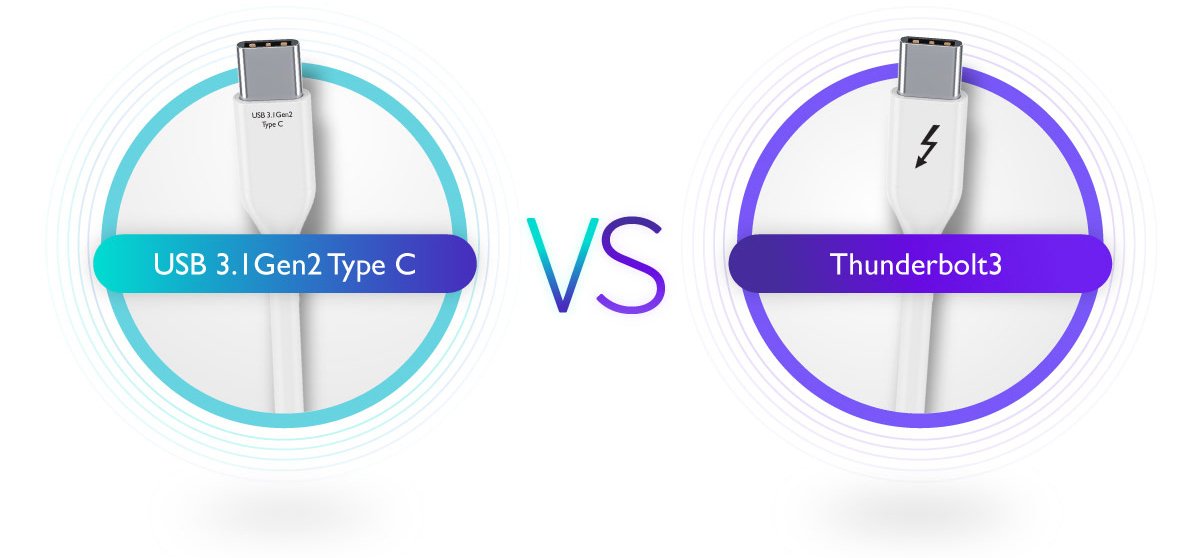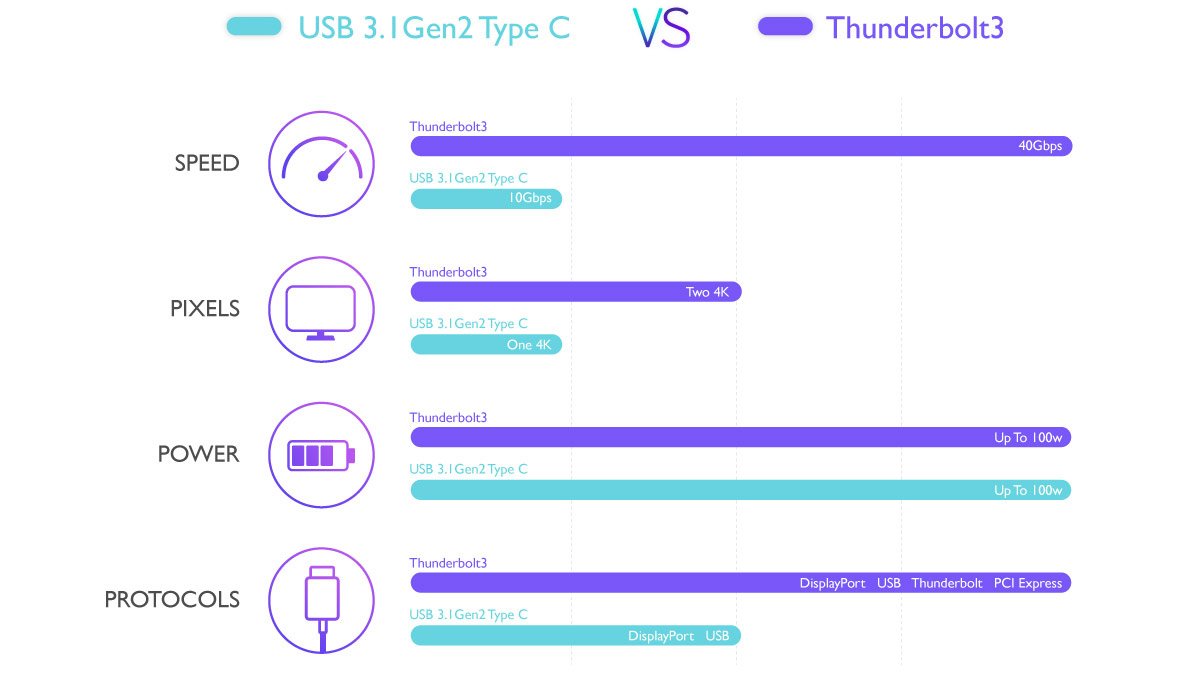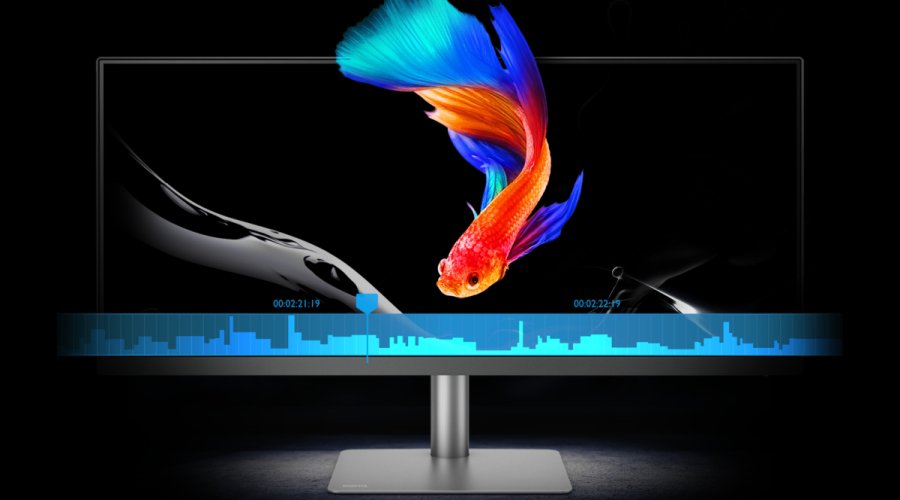
As technology continues to advance in recent years, the modern workforce is focusing more on enhancing productivity and efficiency at work. For design professionals, one of the tasks that they perform on a regular basis is transmitting different types of data, signals or files from one device to another through different types of cables. Traditionally, figuring out which cable to use can be a chaotic process, as cables often look identical to each other at a glance. Picking the wrong cable can unnecessarily compromise the transmission speed.
To further satisfy designers’ needs for efficiency and productivity, several transmission protocols have been introduced in recent years. Among them, Thunderbolt™ 3 and USB 3.1 Gen2 Type C often create confusion among end users. So what are the differences between these two transmission cables?









